Since we saw the bulk of Zwolle in two days, we decided to take a couple of day trips. First up was the village of Giethoorn, which looks like something straight out of a Disney theme park.
Giethoorn gets over a million visitors a year, which is amazing since it’s out in the middle of nowhere. The number one thing to do here is take a boat ride, but book a day or two out, as we saw people turned away from the ride we had scheduled. By the way, every boat here is mandated to be electric, so the ride is whisper quiet…unless of course there is a crying baby on board. The damn thing didn’t fall asleep until about three minutes before the tour ended! Sorry, no photos of the crying baby.
The canals are (supposed to be) one-way and run throughout all of these old homes with mostly thatched roofs. The lakes adjacent to Giethoorn were originally covered in thick layers of peat, which were cut out to use as fuel in winter. After two large floods in 1776 and 1825, the water filled in the former peat excavations and never left, leaving large lakes in the area with an average depth of 6 feet.
The canals around the homes were dug primarily to transport the peat and other supplies, as there are no roads among the homes.
There are little bridges over the canal that lead to peoples homes as well as some businesses.
If you watch The Amazing Race you may recognize the location, as it was featured in Season 31, Episode 10. Once we got on the boat and into the main canal, I definitely recognized it, as we watch the show religiously. There’s Phil in the canal.
Giethoorn has the nickname “Venice of the Netherlands”.
Our tour guide on the boat pointed out this house, known as the Dog House because of the distinctive shape of the front.
The next day we took the train to the medieval city of Kampen. This site has been inhabited since 1150. It’s location along a strong trade route made it one of the most successful cities in the 14th century. There are three gates for the former walled city, and they are all in excellent condition.
From the mid 1400’s on, the town started to decline in power as the river adjacent to the city started to silt up, blocking trade. This was depicted by a rather funny video in the Stedelijk Museum, one of our destinations for the day.
The bridge below was originally built in 1448. The idea was that this bridge would open up alternative trade routes since the waterway was silting up. This was apparently not very successful. Maritime is the way to go!
From a Port perspective, it’s of particular interest to me that they tried dredging the channel, but it was too expensive and could not be maintained without dredging again every few years (which sounds familiar from my experiences at the Port of Oakland). In the 19th century, city architect Nicolass Plomp devised a plan to dam up some waterways and divert the water into one waterway, which pushed more water at a greater speed through the main river, thereby sweeping the silt away without the need for dredging. Brilliant!! The only downside was that other Ports were now handling the cargo they lost, and Kampen never recovered the stature they once had.
The Stedelijk Museum is in the former City Hall of Kampen. The building dates from 1350, but has been rebuilt due to a fire in 1543.
Nothing inside is in English, so be sure you have your Google Translate app ready to go. This was a life-saver numerous times. Once again, I’m attracted to paintings with cows.
The item below is a whale bone that was attached to a person’s ankle for a period of time as a punishment for committing some crime. I’m assuming that might work today? It would certainly make running from the police more difficult!
The ticket to the Stedelijk Museum also got you into the former Kampen Synagogue, which has a small museum regarding the Jews here during WWII. This building was built in 1847 by that genius Nicolass Plomp, who pushed all the silt out of the river.
There is a memorial on the wall of the former Synagogue that lists every Jew from Kampen that was murdered by the Nazis. Only a few from Kampen survived by going into hiding, but they never returned to the city after the war, which is why this is a “former” Synagogue.
One last view of the bridge from the city side of the river. The newest rebuild of the bridge was completed in 1999. Those golden wheels control the cables for the drawbridge. Gotta admit they look pretty cool!
Up next, we visit Kamp Westerbork, a transit camp used by the Nazis for transporting Jews from the Netherlands to various concentration camps.
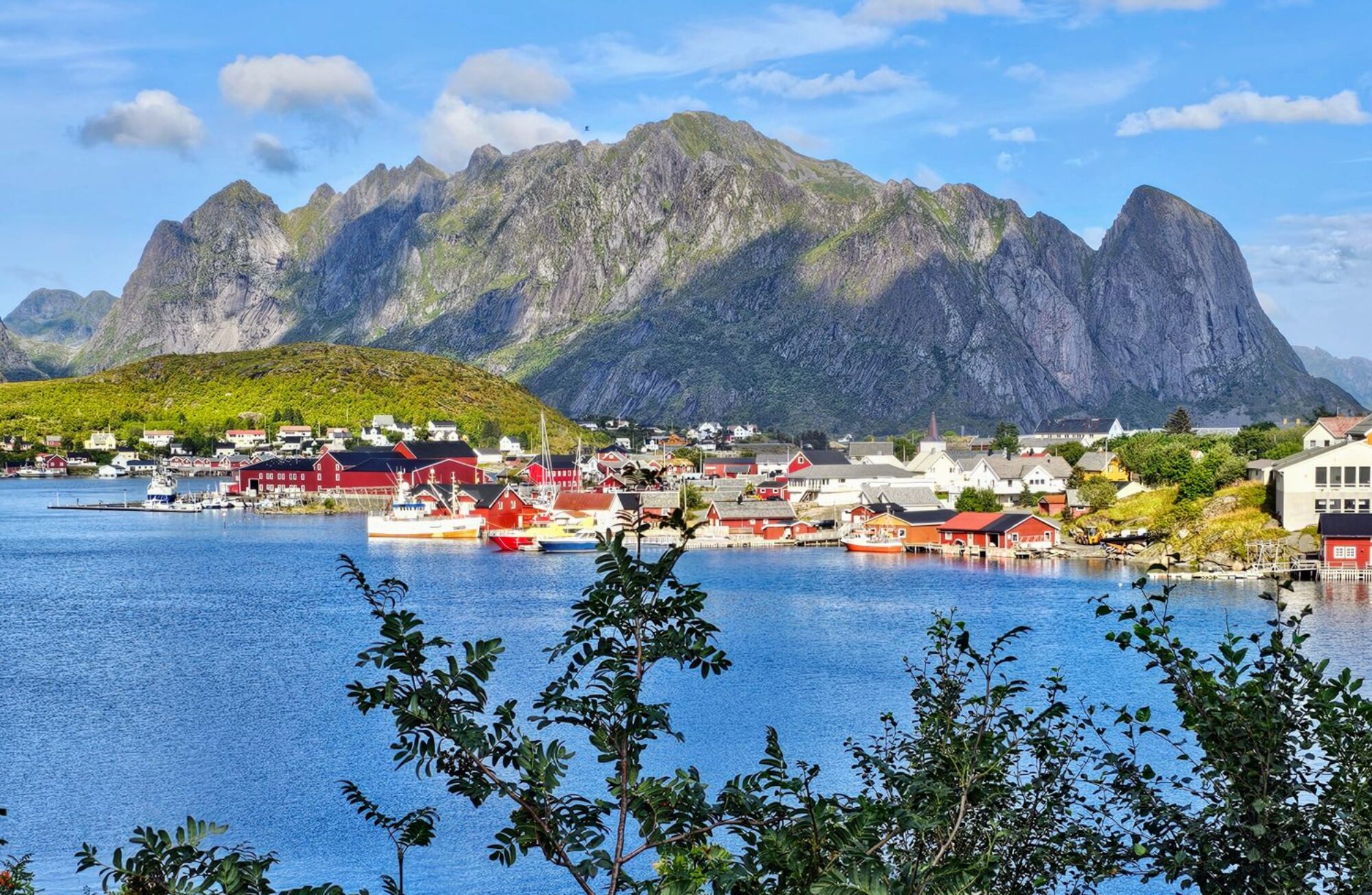
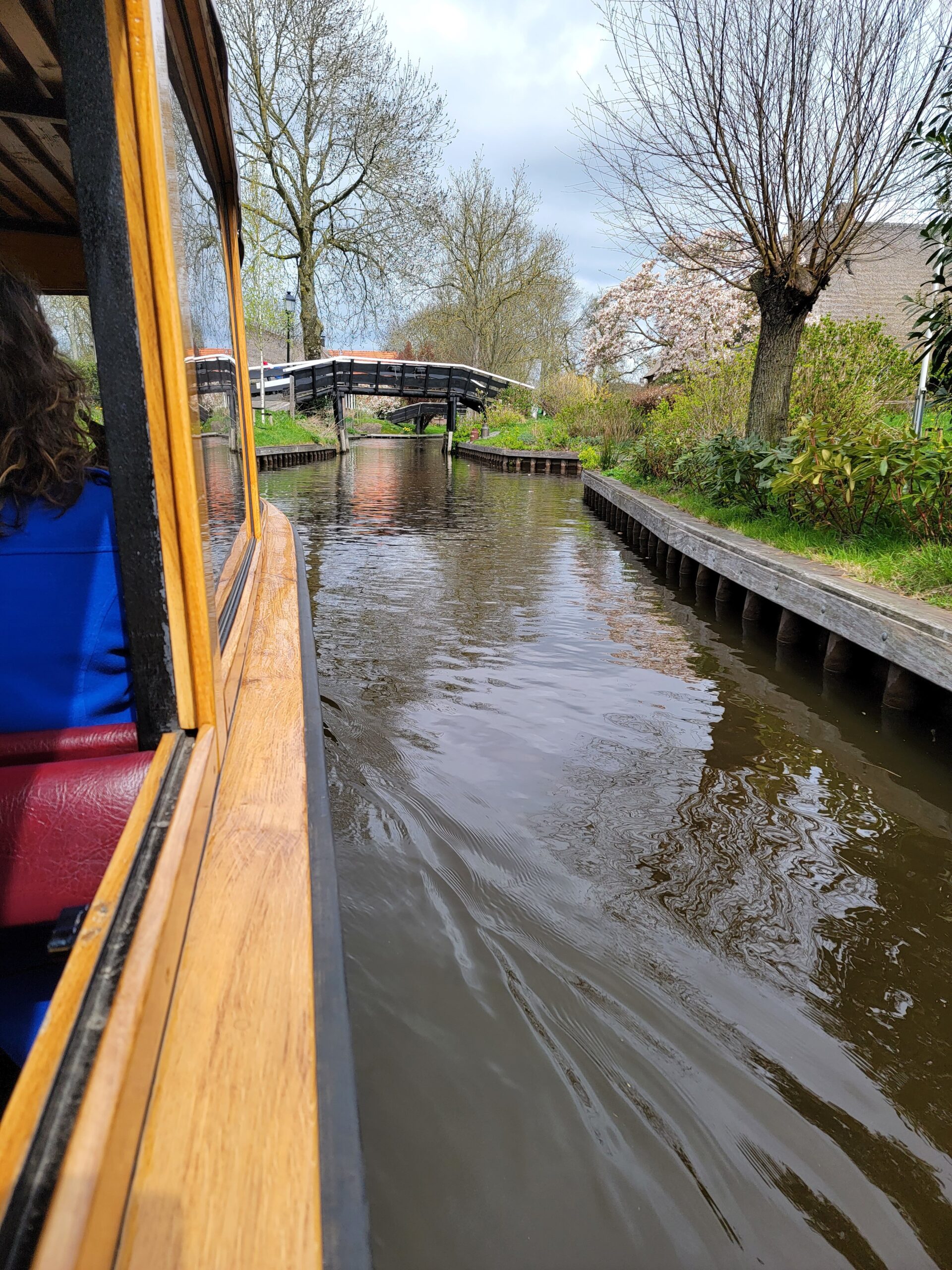


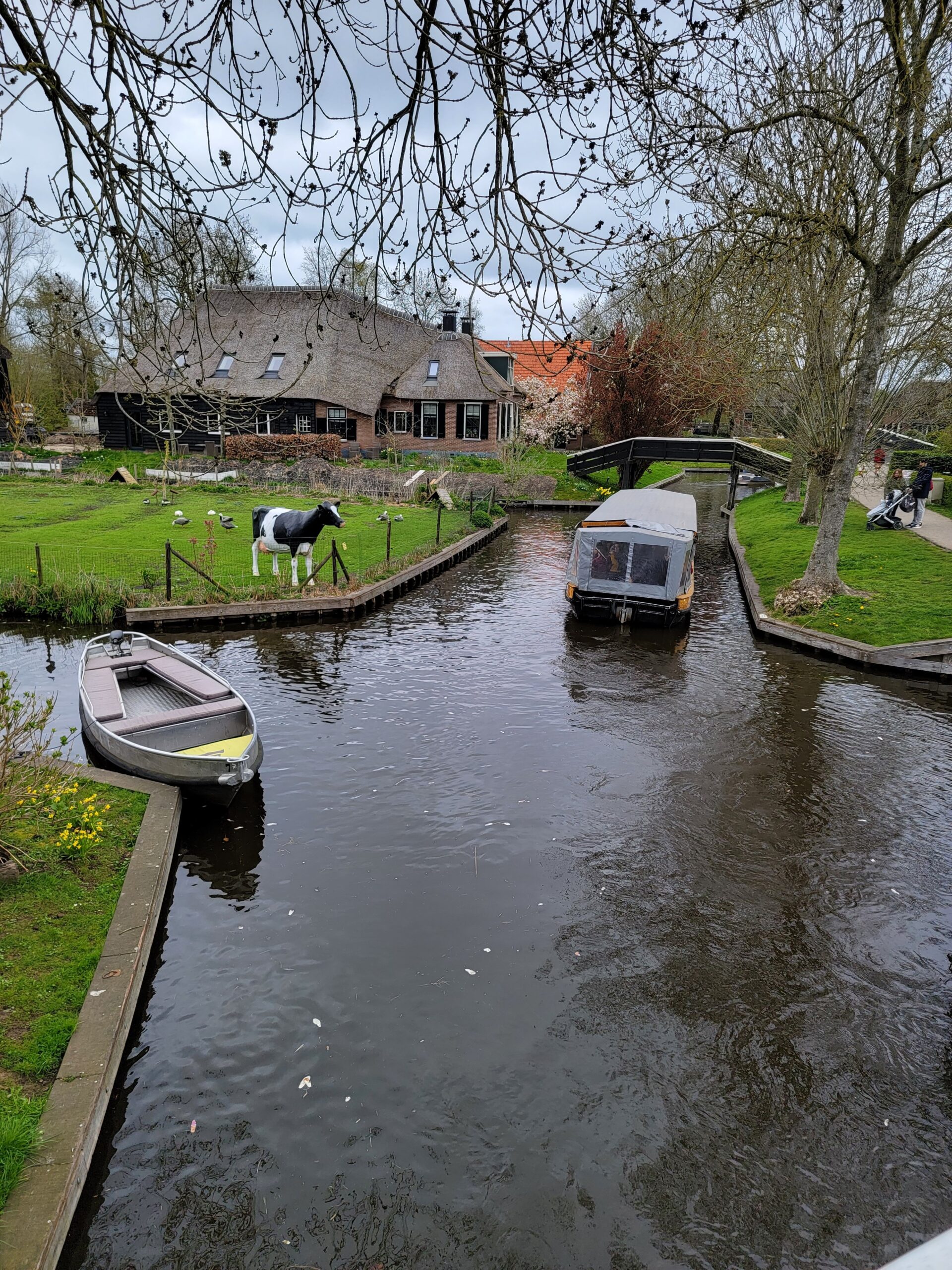
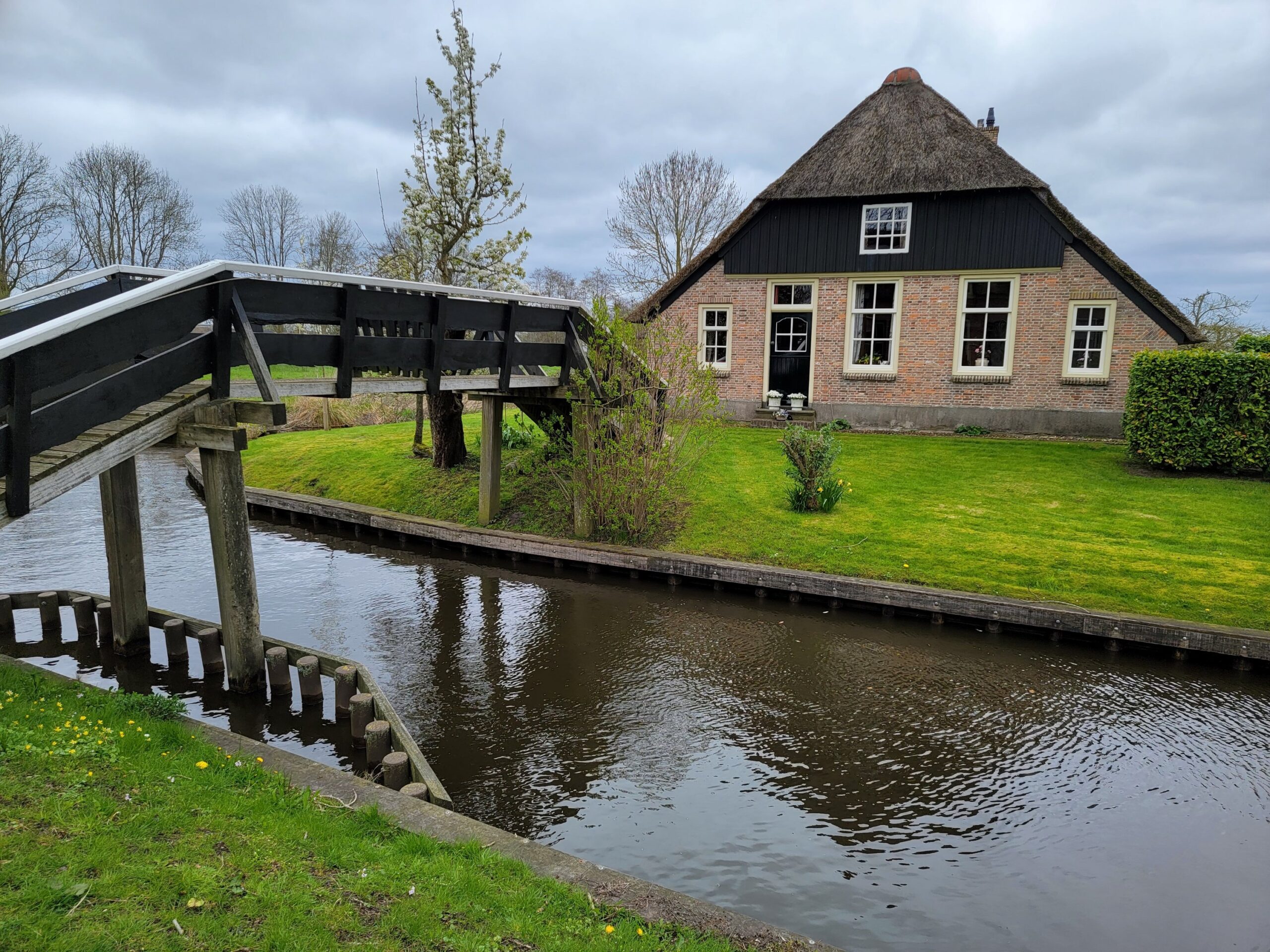
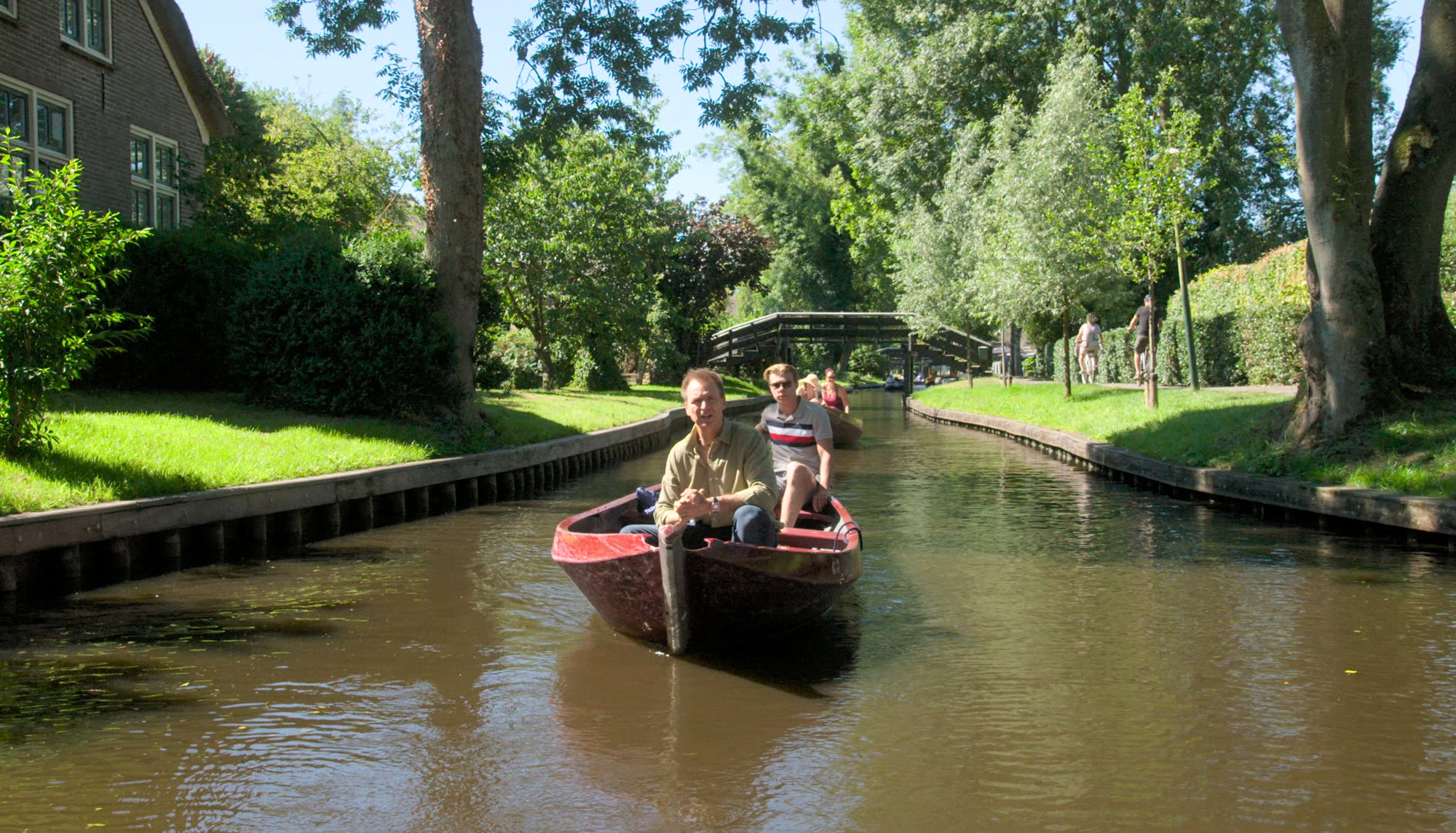
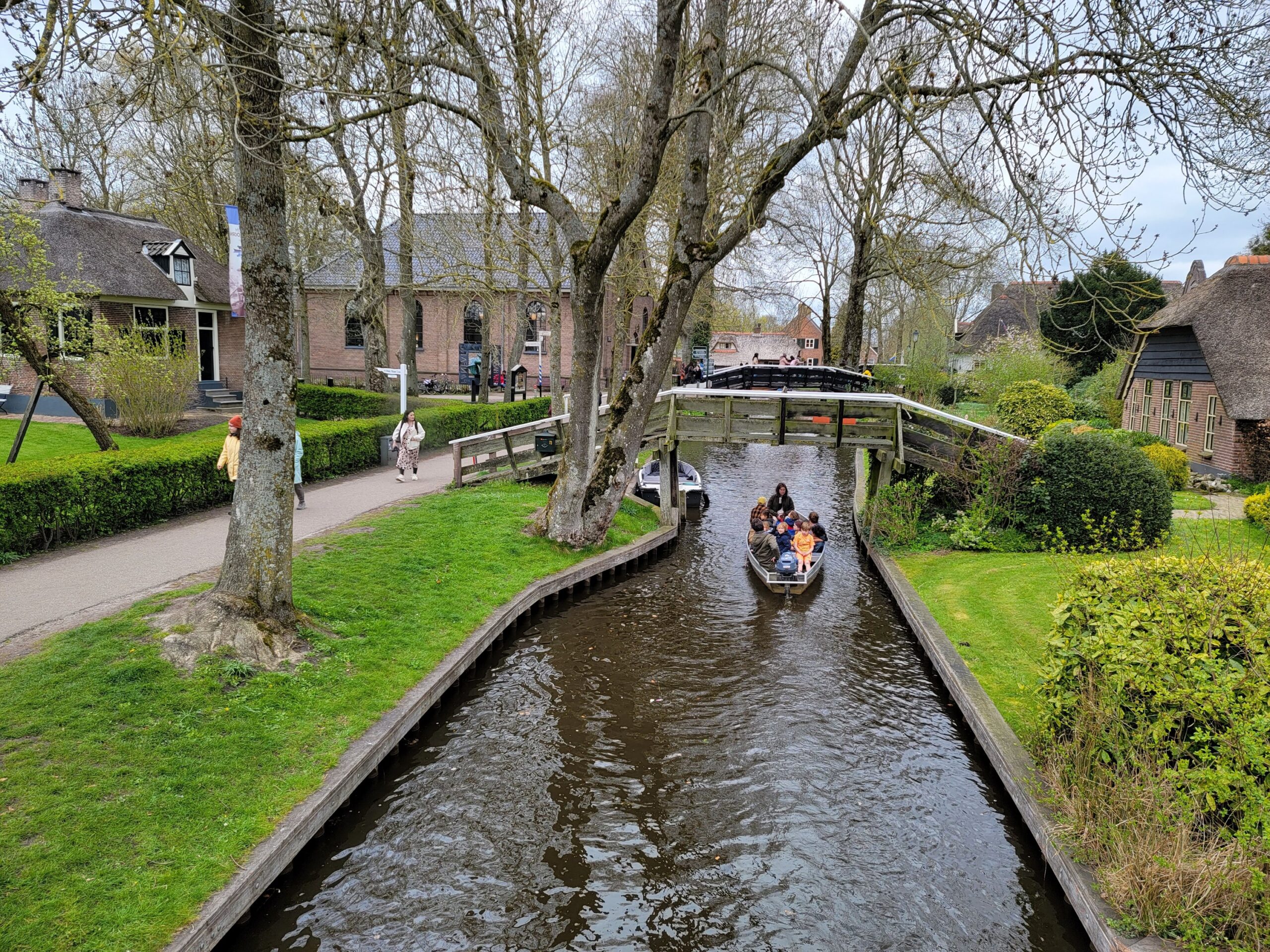
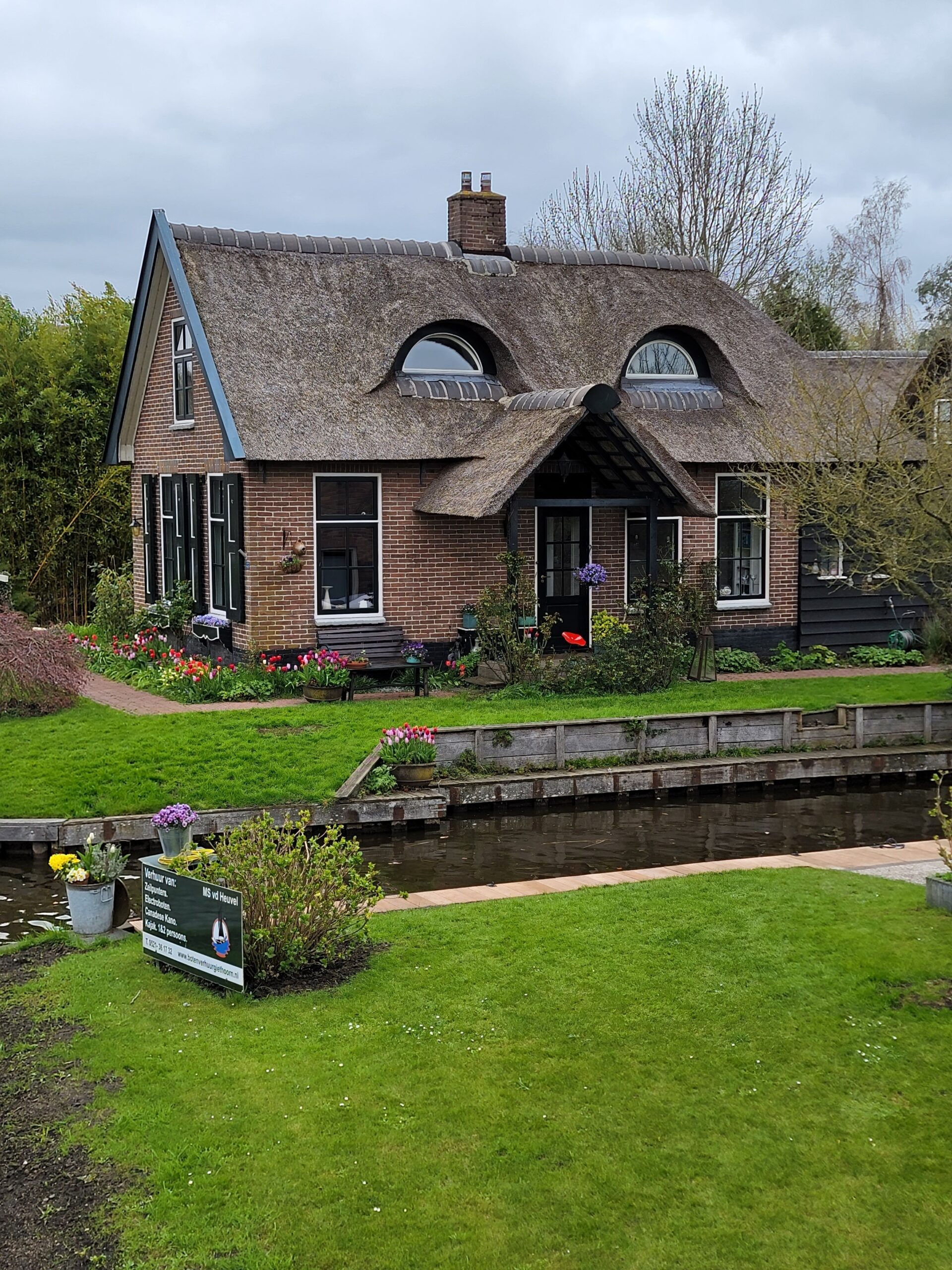
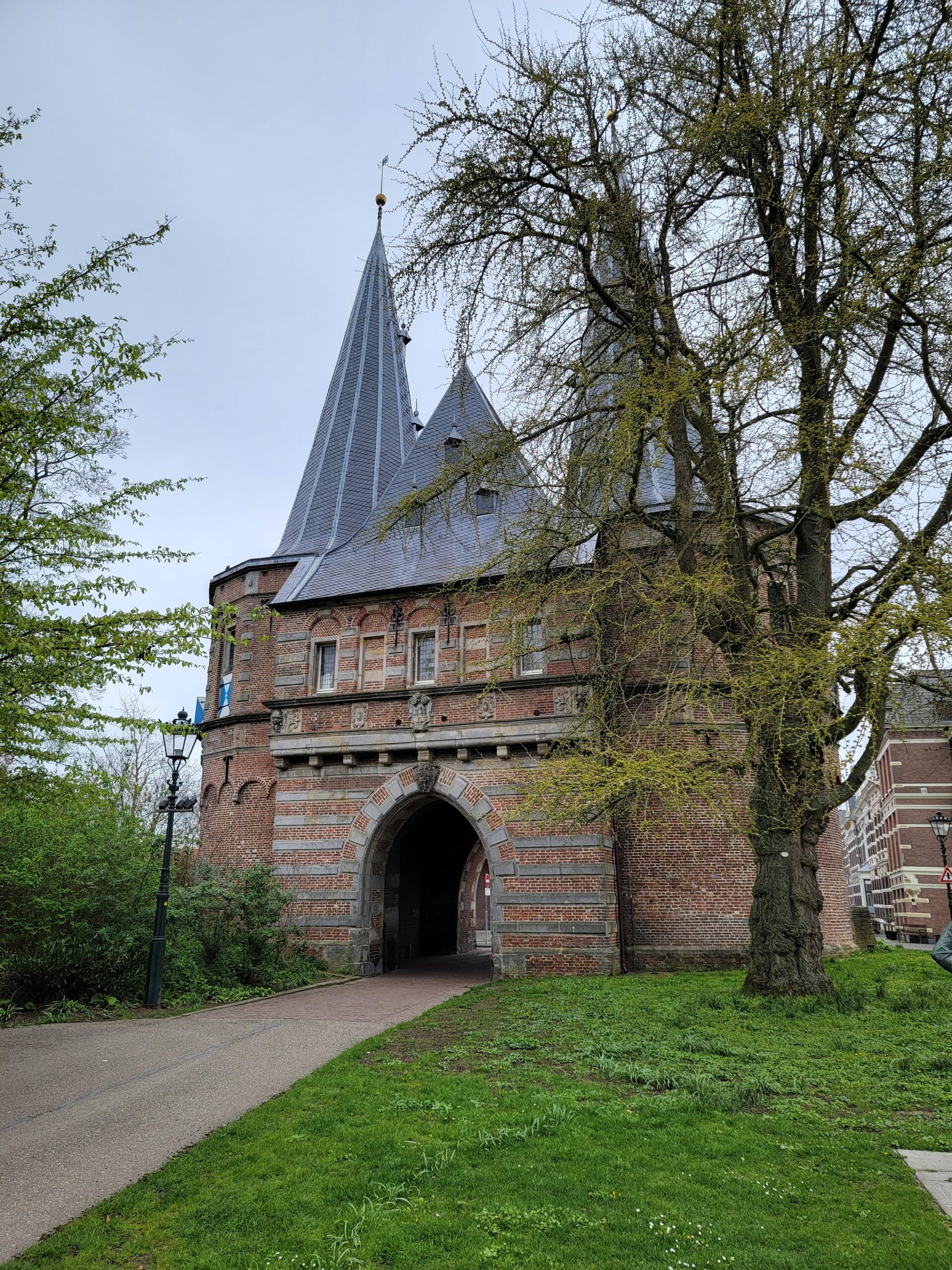

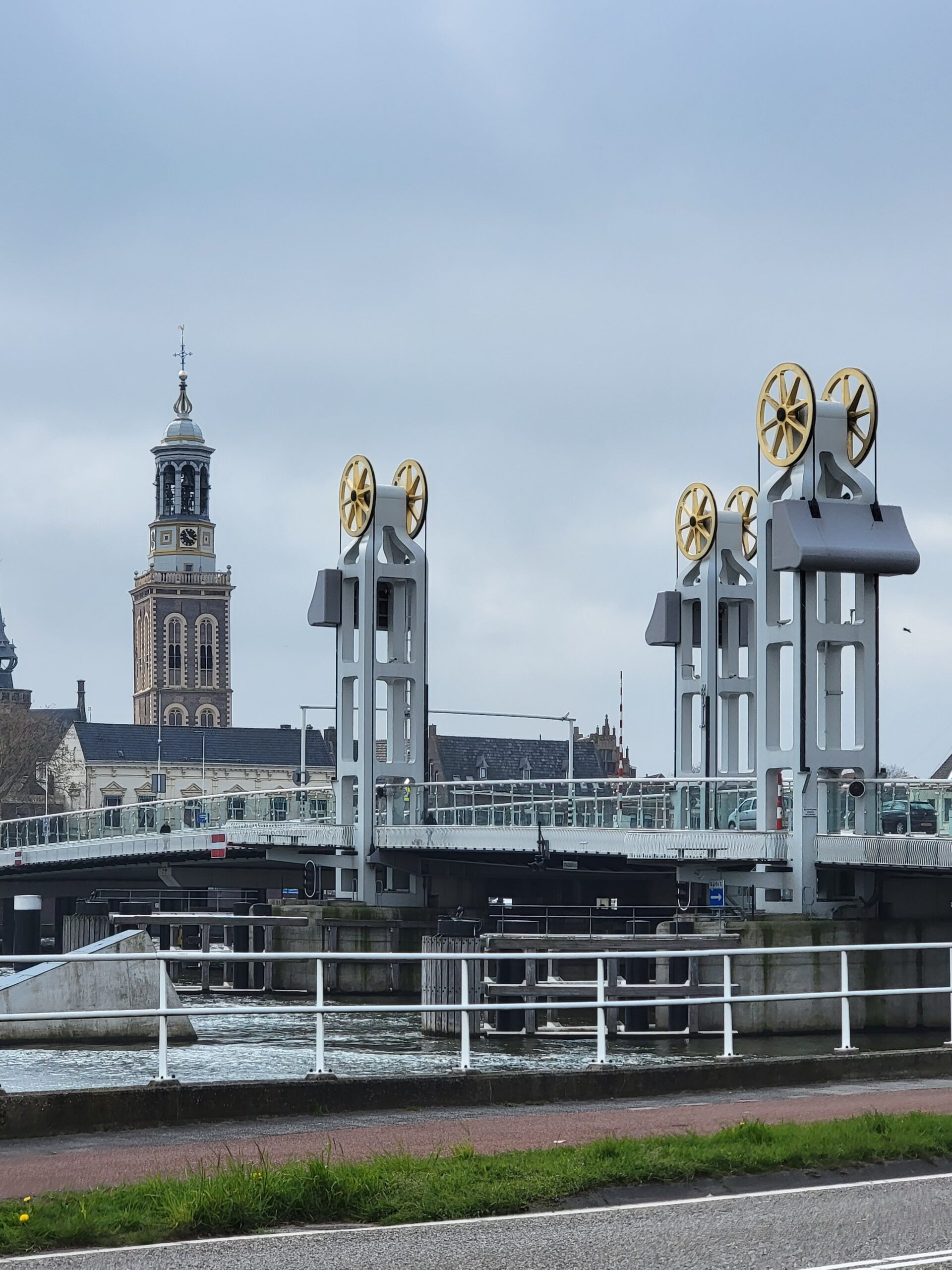

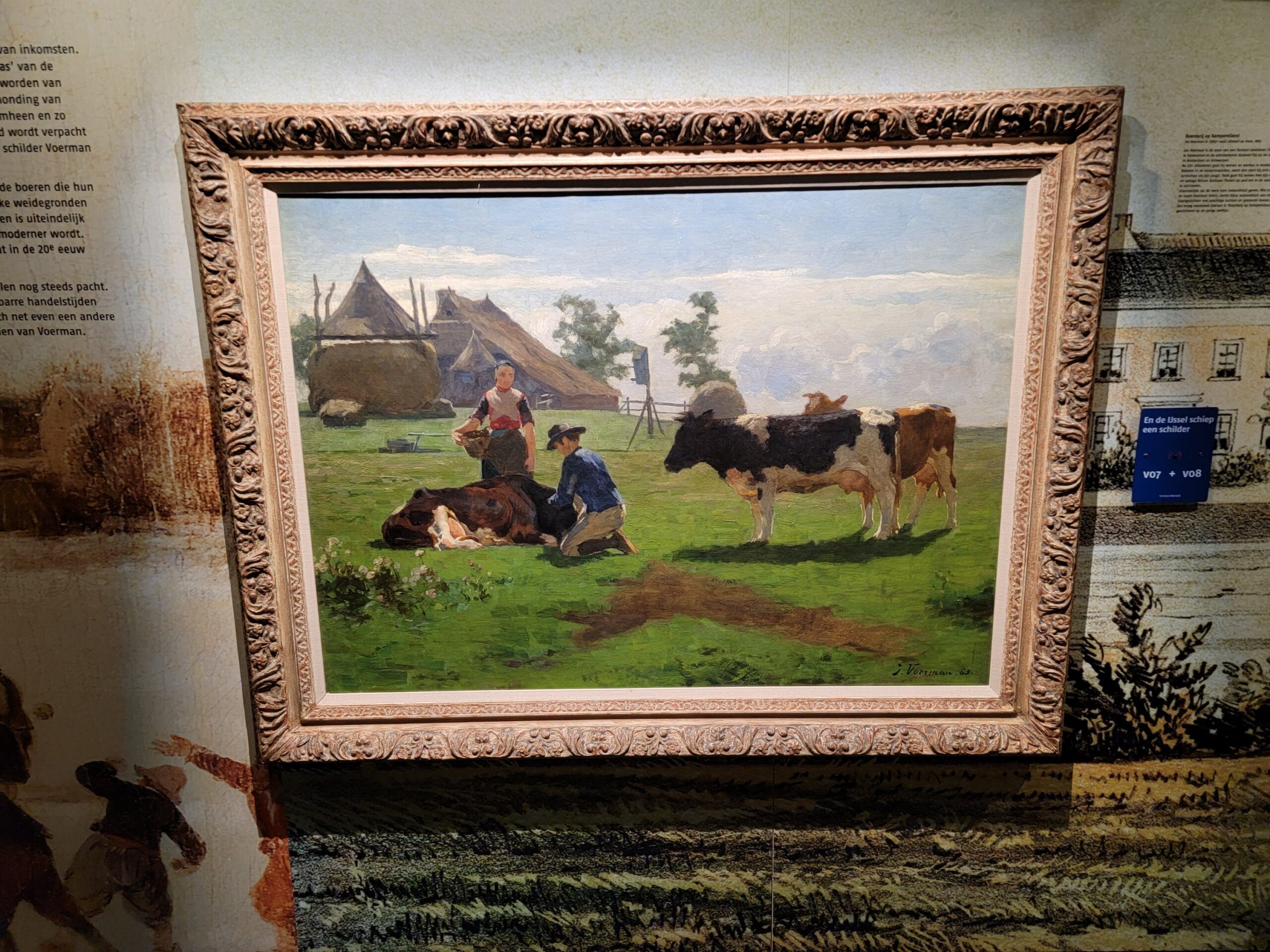
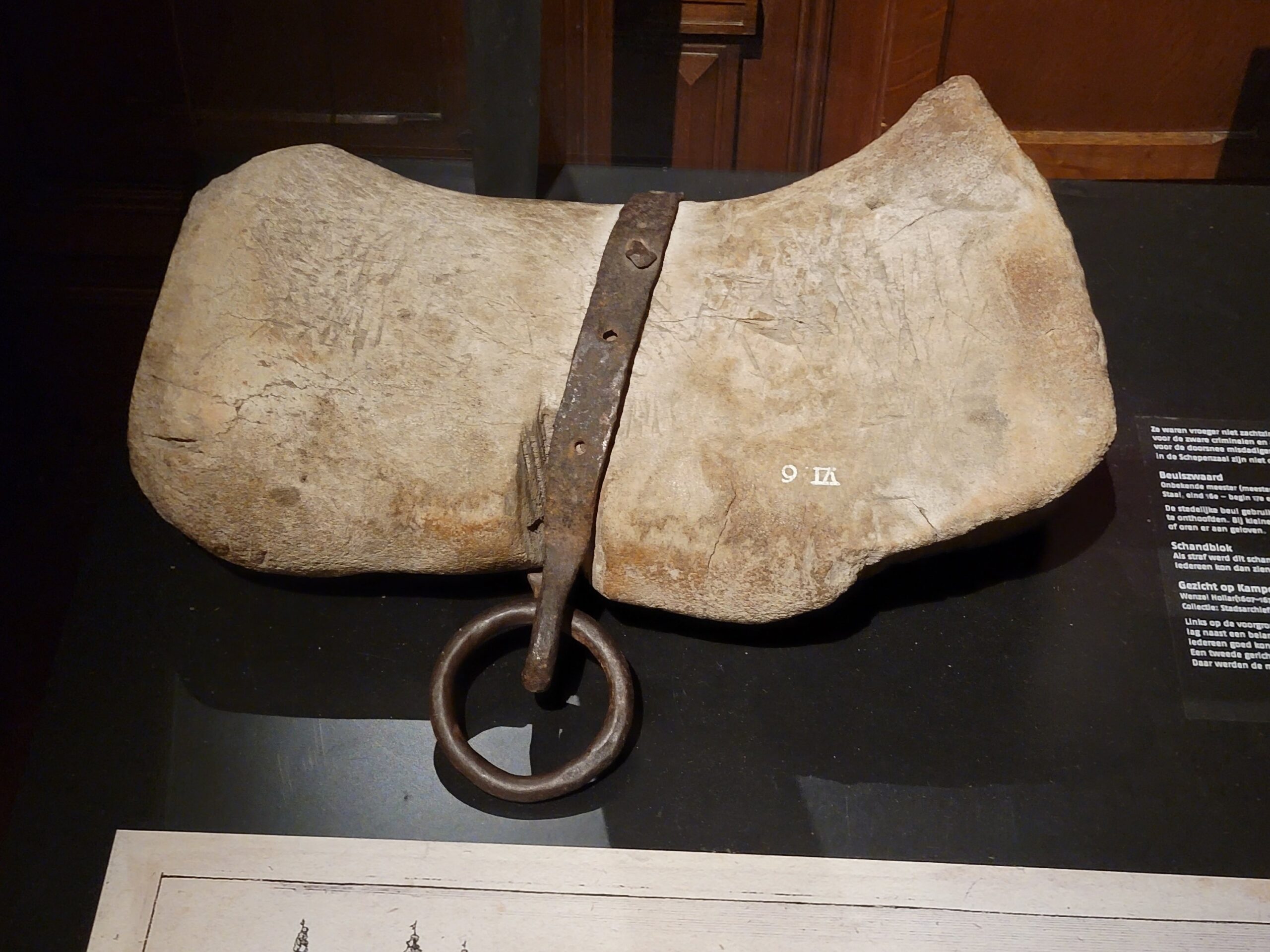
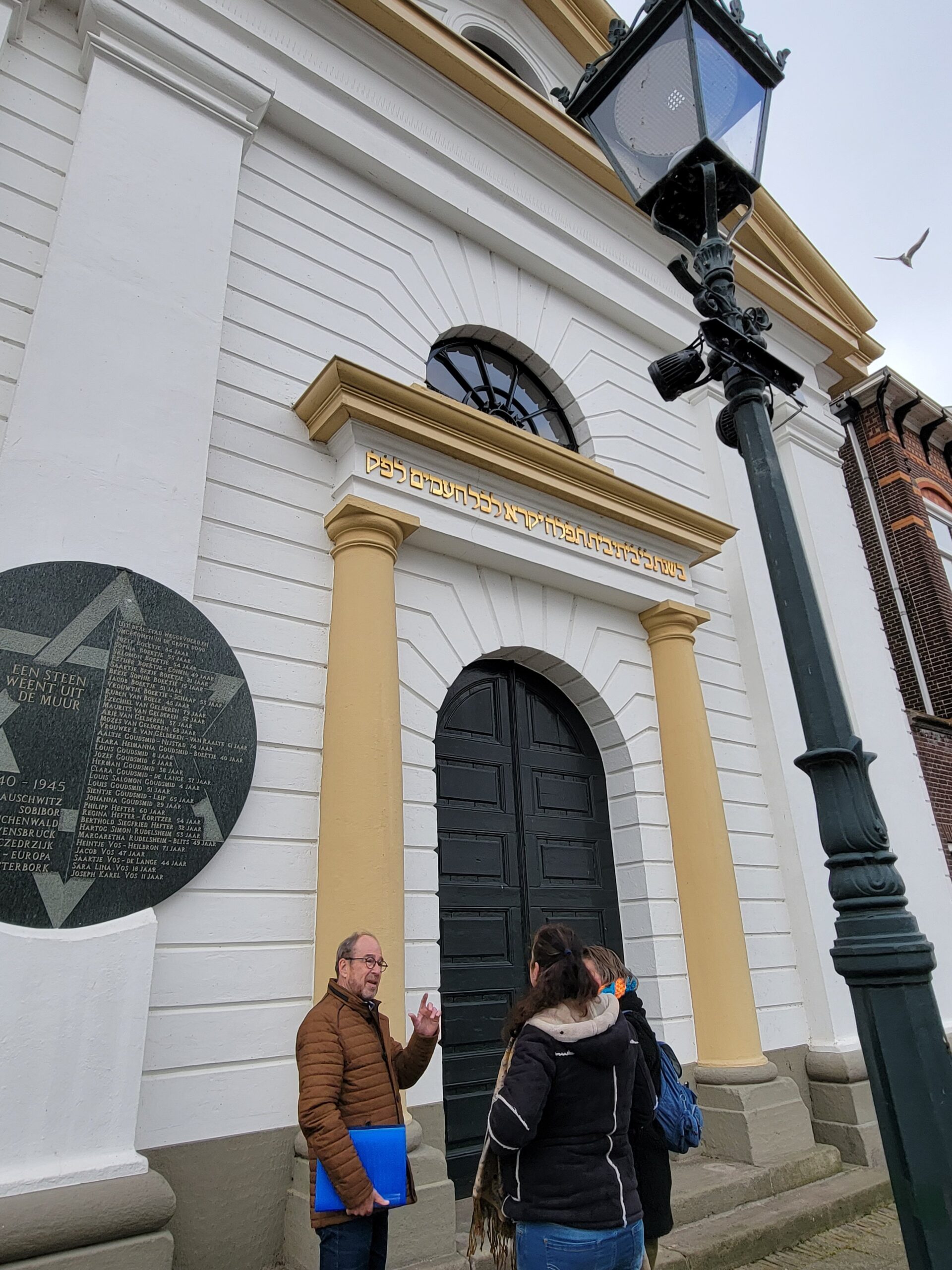
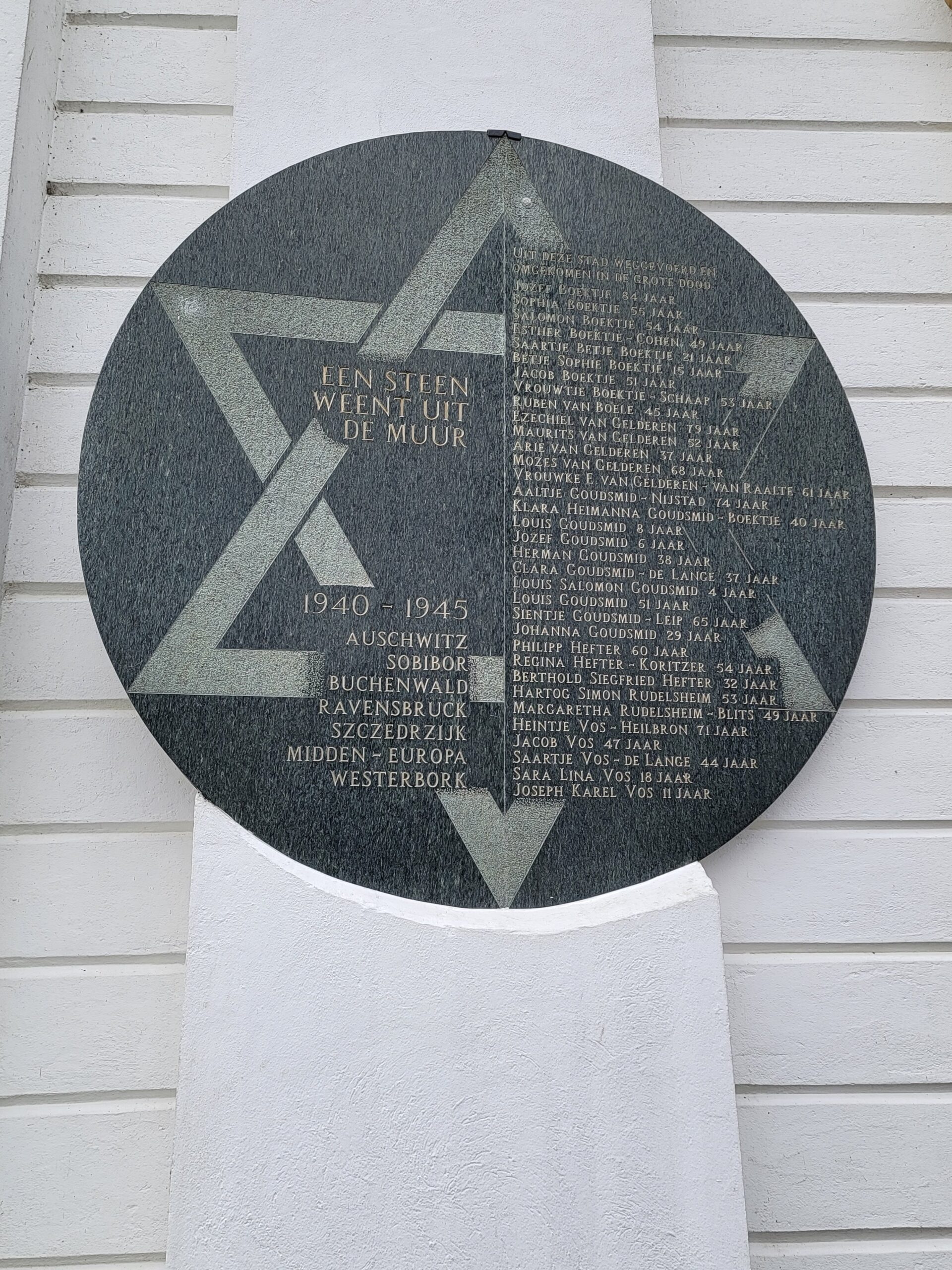
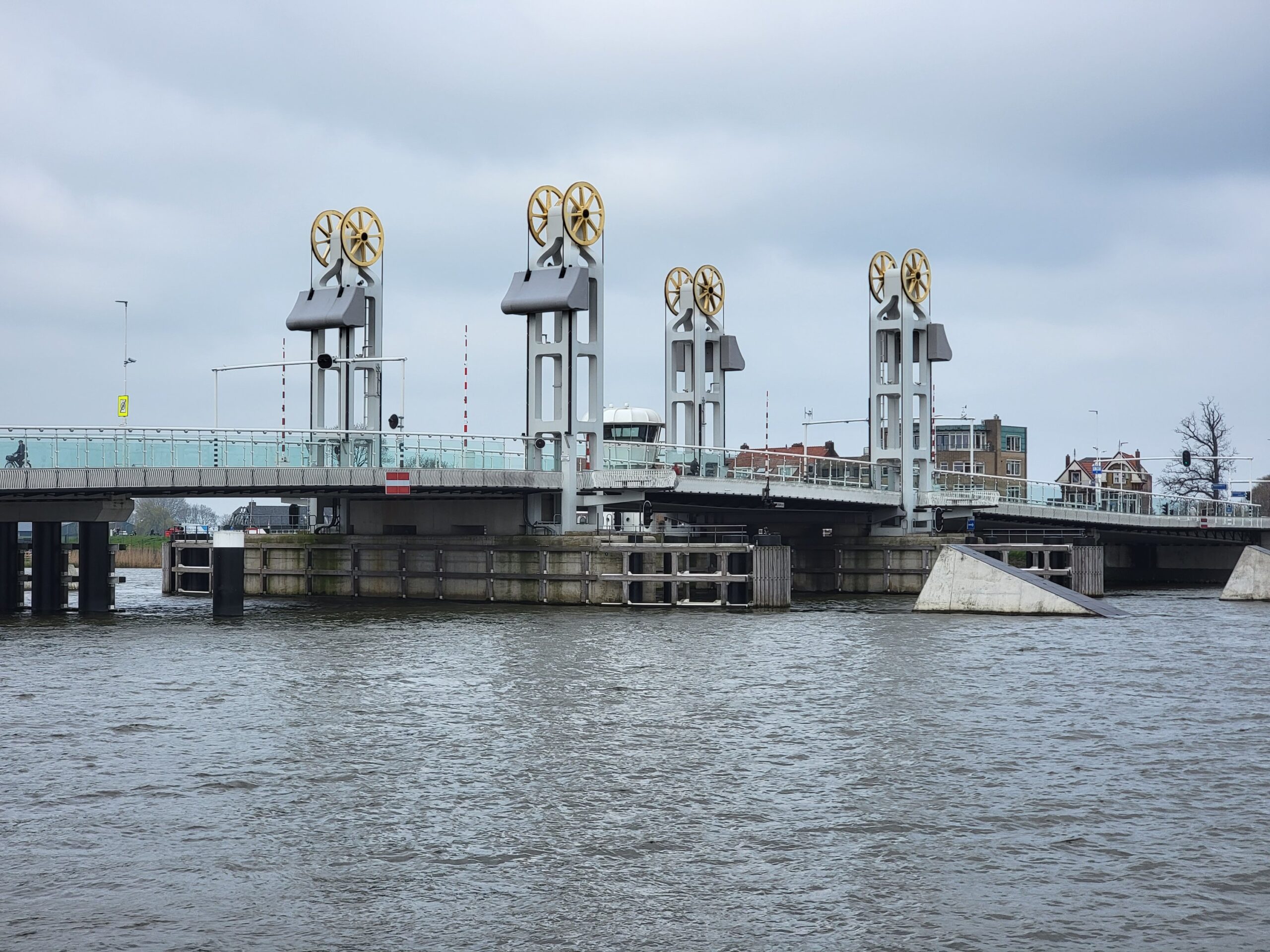
wow cool tour. Funny that given the main route of transportation (water) we’ve never heard of it. great pics (love the dog house) and the “ankle weight” for the bad guys!
Good to hear from you Casey! We need to connect soon!